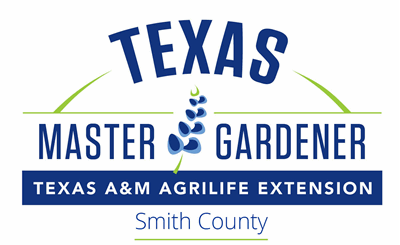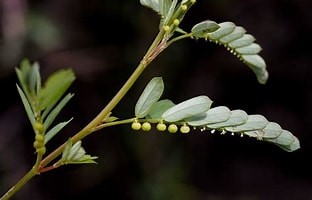An invasive broadleaf weed: Chamberbitter
This annual, broadleaf weed is often mis-identified as harmless “mimosa seedlings”, but Chamberbitter (Phyllanthus urinaria), also known as gripeweed, is an invasive warm-season, annual broadleaf weed that can be difficult to control. Reports are that it is becoming more prevalent in our area — I know we have been battling it at our home. Regular monitoring of your gardens and prompt action when Chamberbitter is detected can help prevent large-scale infestations, minimize the negative impacts on your desirable plants and avoid a lot of gardening frustration.
How to Identify
A distinguishing feature of Chamberbitter is fruit attached directly to the underneath sides of the branches. Reproduction is by seeds, which explode outward from maturing fruit onto surrounding soils. Seeds require soil temperatures above 75 degrees to germinate, and plants persist into late fall until a killing frost.
Control: Mechanical
Ideally, gardeners can identify and remove the weed early, before it germinates. Hand-pulling in small flower beds followed by sufficient mulching (2 to 3 inches) can control the weed and prevent germination. Pulling Chamberbitter is easy as it has a firm main stem and does not have a deep root system. However, take care not to shake the plant or soil from the roots to limit spreading seeds and dispose of the plants in the trash instead of your compost.
Control: Chemical
For larger infestations, gardeners may not be able to hand pull. Unfortunately, Chamberbitter responds erratically to most preemergence herbicides. However, a few preemergence herbicides provide at least suppression of the weed. Herbicides that contain oxyfluorfe, flumioxazin and isoxaben are useful in reducing Chamberbitter populations in perennial groundcovers and woody plants.
For lawns, experts recommend using a pre-emergent herbicide that contains atrazine (Purge) on centipede lawns and isoxaben on all turfgrasses applied in April/early May. With all preemergence herbicides, it is important to apply them before weeds germinate.
Another application of a post-emergent product that is labeled for Chamberbitter may be required. Due to its aggressive nature, more than one application may also be required to stop the cycle of growth. Always follow product labels and precautions when using herbicides.
Smith County Master Gardeners are volunteer educators certified and coordinated by the Texas A&M AgriLife Extension Service.
June Reese
Smith County Master Gardener

